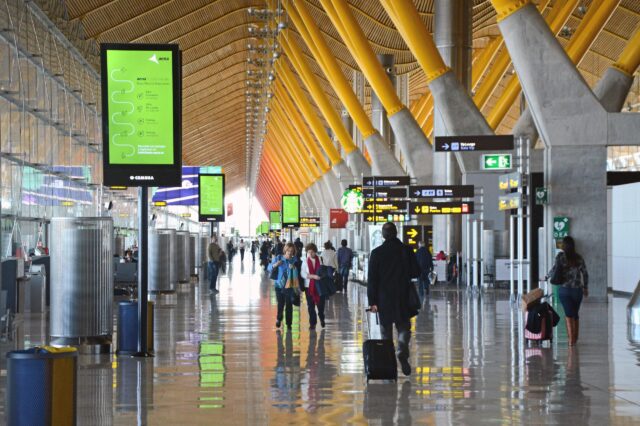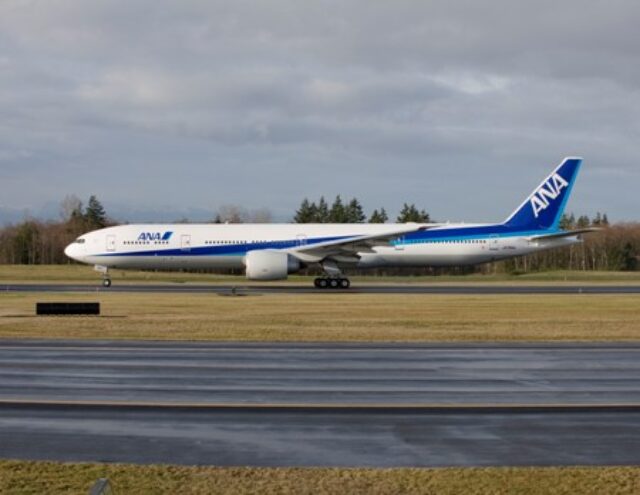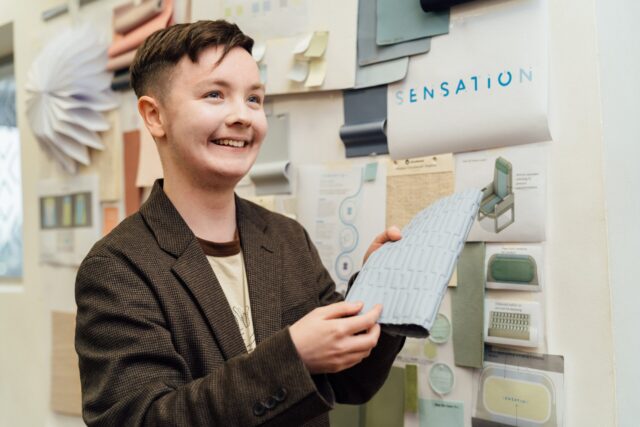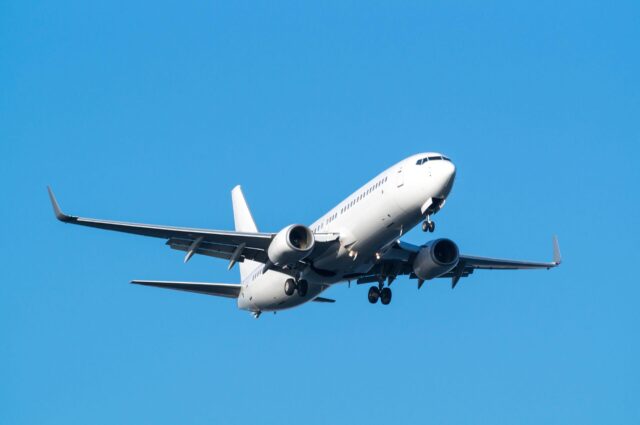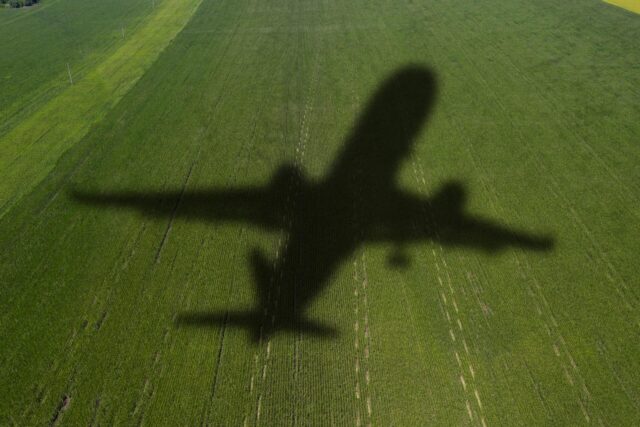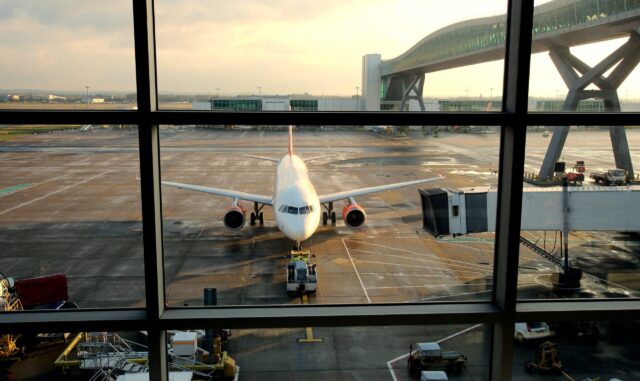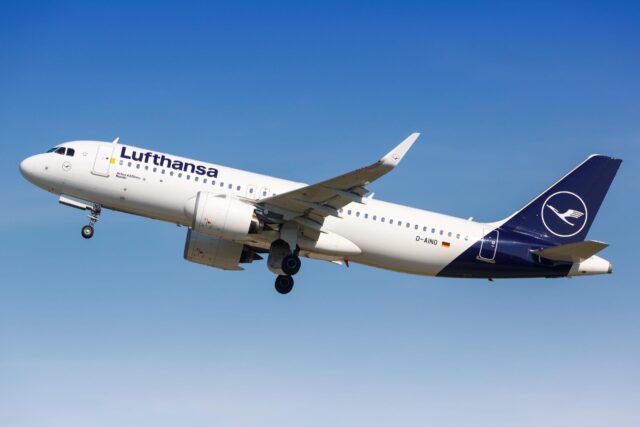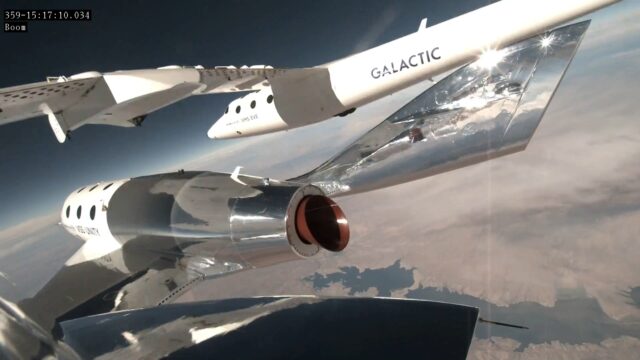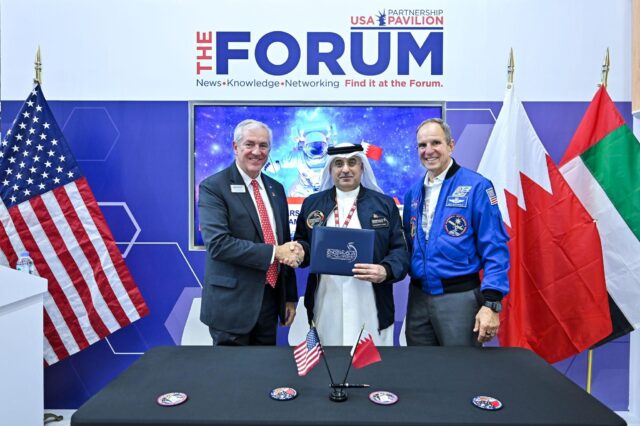Little fins, big impact: USAF will start flight testing drag-reducing Finlets on C-130 Hercules in July

The United States Air Force (USAF) is gearing up to test fly fuel saving ‘Finlets’ on its C-130 Hercules fleet.
US based aerospace innovation company Vortex Control Technologies (VCT) has already designed Finlets for several DoD aircraft, including the C-130, KC-135 and P-8 Poseidon, but they are yet to fly on any of the aircraft.
“USAF performance flight tests for the C-130 are slated for July of this year,” Gil Morgan, CEO of VCT tells Aerospace Global News. “Finlet flight tests for the KC-135 are scheduled for the fall of this year. VCT is eagerly anticipating next steps for the P-8 program.”
Initial trials were conducted on a civilian C-130H at Mojave in 2011, and further testing performed under VCT’s own sponsorship confirmed the viability of the technology.
“Finlets reduce drag on the C-130 by 8%,” Morgan adds. “This provides not only significant fuel savings but considerably enhanced mission capabilities.”
With Finlets installed, the C-130 can reduce its carbon emissions by up to 5%, extend its range by 200 nmi and increase its endurance by 45 minutes. Additionally, its payload increases by 3,000 lbs.
What are Finlets and how do they save fuel?
Finlets are small, fixed fins that are attached to the aft section of an aircraft. They don’t move or require power; they simply guide airflow to improve aerodynamics.

The large cargo door on the C-130 necessitates an upswept tail area, creating a large separated airflow zone behind the ramp. This leads to messy vortices, whirlpools of air that add significantly to the drag on the aircraft.
Finlets can help manage the airflow over the rear fuselage by breaking up wasteful vortices and guiding the air so it stays more attached to the body of the plane.
By reducing drag, the engines don’t need to work so hard, so the aircraft can burn less fuel to fly at the same speed. Over time, this can lead to significant savings in cost and emissions.
“On the 737-800 Finlets reduce fuel consumption by up to 1.4% in cruise and ~1% on a block fuel basis,” Morgan explains. “They can be installed in a single eight-hour maintenance shift, outside of the hangar in a line maintenance environment, in about 22 man-hours.”
Finlets aren’t new technology. These small devices are already flying on more than 80 aircraft around the world, including commercial operators.

VCT’s European launch customer is Turkish airline SunExpress, while a key customer in the US is Avelo. But more airlines are joining the family, and feedback to date has been incredibly positive.
“SunExpress and Avelo are sufficiently impressed with in-service performance that they have ordered Finlets for their entire 737NG fleets,” says Morgan. “Delta is currently in the middle of their in-service assessment. Southwest flies Finlets on some of their 737-700 aircraft and is planning to evaluate 737-800 Finlets later this year.”
VCT says that more than 3.8 million gallons of fuel has been saved worldwide through the use of its technology. That equates to over 81 million pounds of CO2 emissions avoided.
Why the USAF is pursuing fuel efficiency on its large legacy aircraft
The Air Force Operational Energy Office (SAF/IE), the Air Force Research Laboratory (AFRL), Air Force Special Operations Command (AFSOC), and the Defense Innovation Unit (DIU) are working together to identify mature, commercially viable drag-reduction technologies to cut fuel use on legacy aircraft like the C-17, C-130, and KC-135.
While commercial aviation has seen the introduction of modern, efficient aircraft like the Boeing 787 and Airbus A350, defence aviation has seen slower adoption of fuel-efficient designs.
The C-130 underwent a revamp at the end of the ‘90s, with the C-130J delivering more range and lower fuel burn. But the C-17 hasn’t been redesigned since the 1980s (and is out of production now). The P-8 Poseidon is still based on the 737NG, not the more efficient MAX.
Wth limited options for reducing fuel burn and CO2, and no new aircraft on the horizon, the USAF must do their best with the equipment they have.
AFSOC has been testing various drag reduction technologies for C-130 variants over the last few years. Last October, it tested shark-inspired ‘riblet’ film, and is actively exploring microvanes, small composite strakes, for the C-130 and C-17 fleet.

“Large theatres, such as the Pacific, require our aircraft to fly long distances to conduct operations,” explains Roberto Guerrero, Deputy Assistant Secretary of the AFSOC. “The technologies we are working on today will ensure our forces make it to the fight with the energy supplies needed to win the day.”
As well as hardware changes like Finlets, microvanes and shark skin technologies, the USAF is also testing engine efficiency improvements, software and operational tools and the use of sustainable fuels.
Although fuel savings from these efforts are small, in the region of single digit percentages, these incremental savings add up when they’re all put together.




